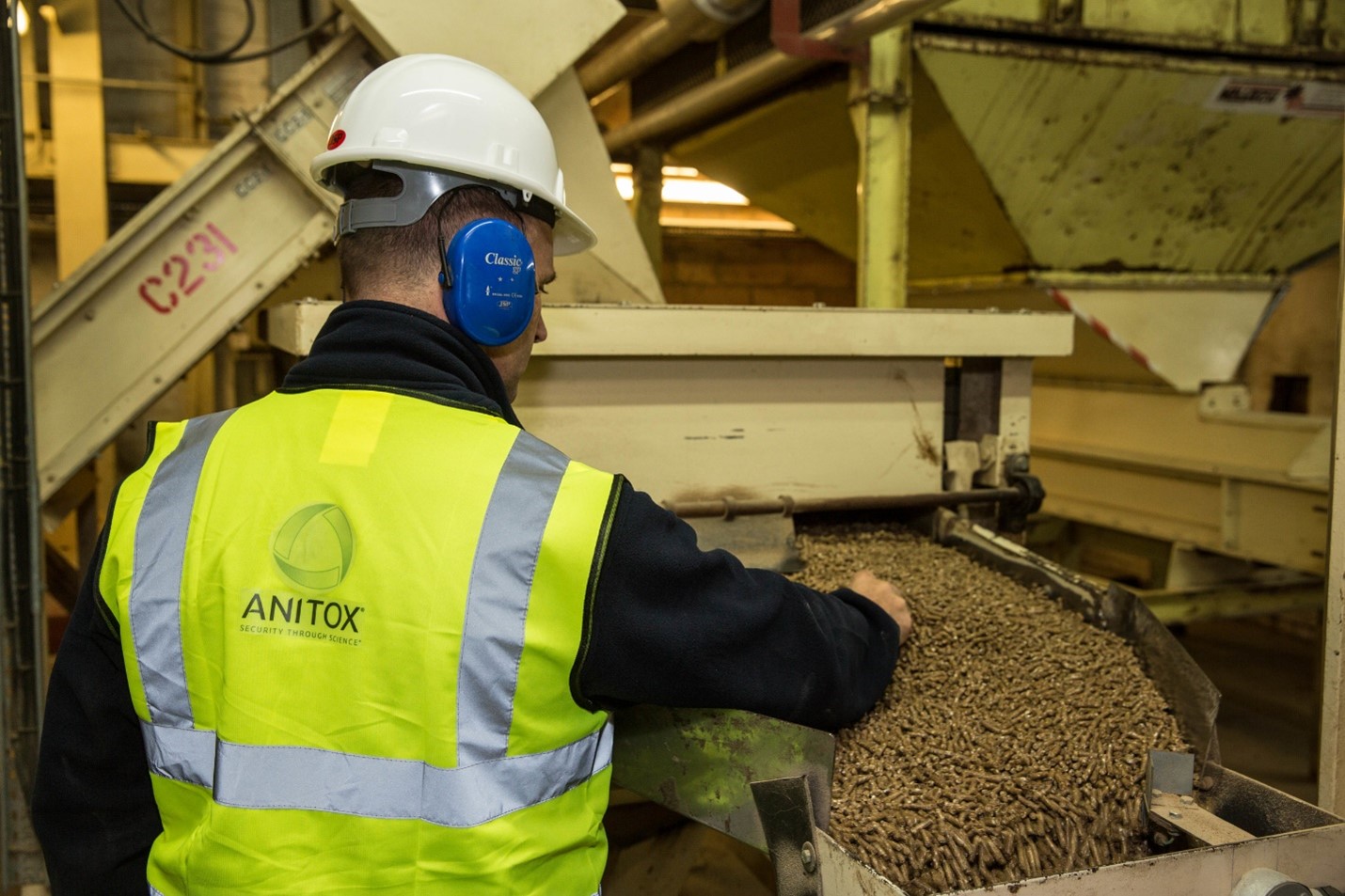



Rooted in feed?
What we’ve learned in the last 24 months about feed and the transmission of three critical swine challenges.Part of Series:
< Previous Article in Series Next Article in Series >
Reuters reports that although better than expected, ASFV alone cost China 60% loss of breeding stock by mid-2019 and 2020 experienced a 3.3% reduction in their pork production. The impact of the 2013 PEDV outbreak is well reported and was responsible for the loss of around 7 million pigs.
Rooted in feed?
Several studies by Dr. Scott Dee and Dr. Megan Niederwerder have documented swine virus survival in feed and its ingredients through transboundary travel conditions. Findings from these swine virus studies have been able to model approximate hold times for feed to mitigate viral transmission, however efficacy of feed holding is highly variable and dependent on environmental conditions and does nothing to prevent feed from becoming re-contaminated. Additional work by Dr. Niederwerder has found feed is capable of sustaining and transmitting ASFV through consumption.
“Dr. Niederwerder’s work with ASFV modeled how repeated exposure through consumption can lower the amount of infectious material required to cause disease. Feed is delivered to farms regularly, sometimes even daily, and it’s a real risk, but many farmers don’t do anything to protect their feed supply. It should be part of a biosecurity plan, just like water and decontamination procedures for workers, facilities and incoming vehicles,” explains Dr. Enrique Montiel, DVM and Anitox Director of Nutrition and Live Production.
“Let’s walk through how a single contaminated raw ingredient can amplify the impact on live production. Imagine a raw feed ingredient is contaminated and placed in a transportation system – trucks or train containers, contaminating that space as well as a consecutive loads occupying that space. As that feed moves through the process, it continues to contaminate additional areas until fed, effectively contaminating all subsequent feed lots moving through the system, repeatedly offering contaminated feed to livestock for consumption.”
.png?profile=article-full)
Protect your feed investment
Feed is by far the highest cost facing swine producers, arguably making it one of the most important components of hog production.
“High corn and soy prices are requiring producers to spend more feeding their herds, making it more important than ever to make sure feedborne pathogens do not compromise diets or performance,” said Dr. Montiel.
Nutritionists, buyers and millers dedicate many efforts to designing and developing diets that contribute to a healthy and efficient gut by enhancing nutritional investment through optimized absorption, protection from pathogenic damage to gut villi, and prevention of pathogen disruption to a healthy intestinal microflora.
Pathogens place livestock at risk for systemic dysfunction within the digestive tract and limit the genetic potential for maximized productivity. Feed, as a fomite, has a dynamic and ubiquitous nature, enabling it to introduce harmful pathogens to feeders and introducing risk to entire herds, often increasing feed conversion rates.
“Multiple published works on Swine viruses by Dr. Dee and Dr. Niederwerder show that there is a need for feed pathogen mitigation in biosecurity programs. Feed and its ingredients have demonstrated the ability to contain viral pathogens under transboundary travel conditions, implying that feed should be carefully sourced and recognized as a risk factor. Producers must weigh feed pathogen mitigation costs with the costs of herd contamination,” said Dr. Montiel.
Clean feed promotes growth efficiency by protecting livestock and nutrients from pathogens. By controlling the microbial load from production to the point of consumption, feed of the highest quality is provided to livestock. Protected feed is quality feed.
“That’s why sanitizing feed is so crucial and necessary to a comprehensive biosecurity program. It can significantly reduce the risk of disease transmission from feed to animals,” noted Dr. Montiel.
Feed sanitizers offer long-lasting recontamination protection, which safeguards feed from viral and bacterial challenges until it is fed to animals. Recontamination protection differentiates feed sanitizers from approaches such as heat and irradiation, which only control feed contamination at the point of treatment. Feed sanitization significantly reduces the risk that feed and its ingredients become re-contaminated before it reaches livestock, including during transport and on-farm storage.
For biosecurity reasons, sanitizing feed should be considered to prevent disease. Treatments can be applied to individual ingredients or finished feed.
Producers wanting to take effective action to protect their animals against contamination can get more information at www.anitox.com/pigsite.
Watch for the next article in this series that outlines and compares available interventions for mitigating viral and bacterial pathogens in feed.










